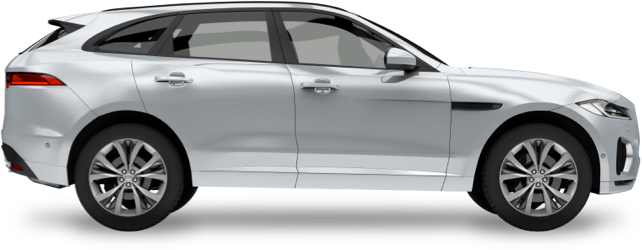- Over 1 million successful rentals
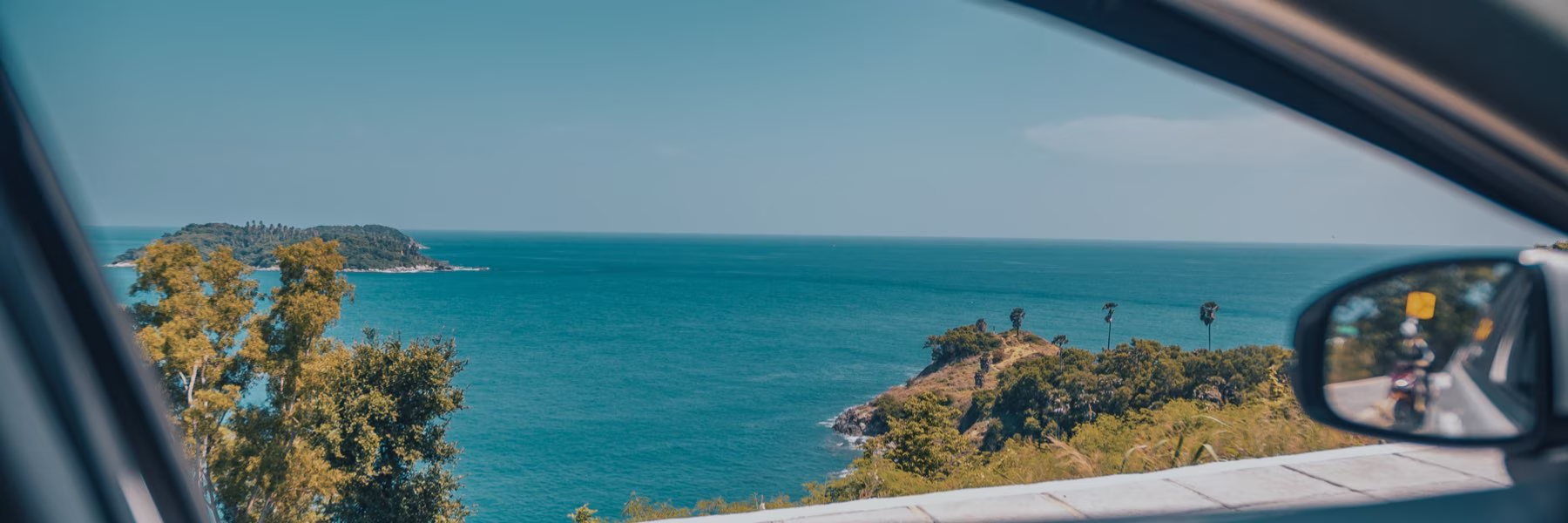
Car Hire Faroe Islands
Save time and money. We compare the offers of car rental companies in Faroe Islands on your behalf.
- Free cancellation Up to 48 hours prior to the scheduled pick up time
- Best price guarantee Have you found a better price? Let us know and we will make you a better offer.
- 24000+ pick-up locations Locations around the world

Compare Car Hire
Carrentals.co.uk offers simple and straightforward car hire comparison services. We don't add a penny to your quotes!
Car rental offers in Faroe Islands
Whether you're looking for a small rental car or a station wagon for the entire family, we will always have a suitable vehicle for the lowest price. Below are some examples from our selection in Faroe Islands.
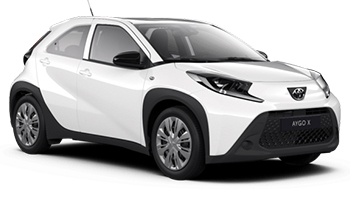
-
62°N Car Rental From£ 54 /day
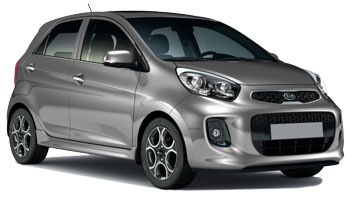
-
Budget From£ 55 /day -
Sixt From£ 70 /day
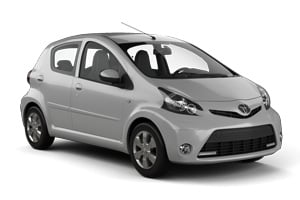
-
Europcar From£ 56 /day
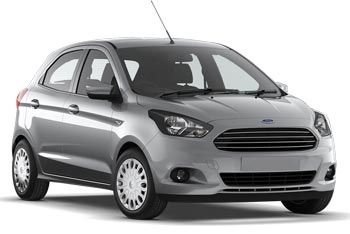
-
Budget From£ 56 /day

-
Budget From£ 59 /day

-
Europcar From£ 60 /day

-
Budget From£ 61 /day -
Sixt From£ 62 /day
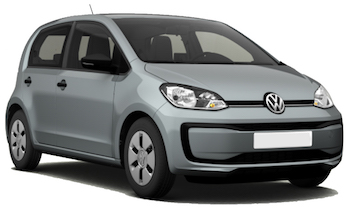
-
Arctic Rent a Car From£ 62 /day

-
Avis From£ 70 /day
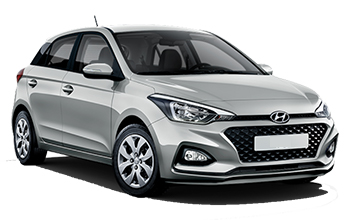
-
62°N Car Rental From£ 57 /day -
Europcar From£ 65 /day

-
Budget From£ 56 /day

-
Budget From£ 59 /day
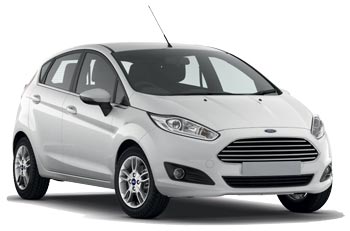
-
Sixt From£ 59 /day
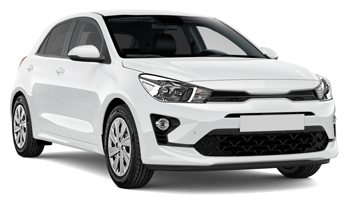
-
Budget From£ 62 /day
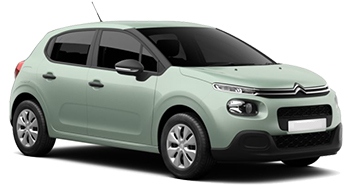
-
Europcar From£ 60 /day -
62°N Car Rental From£ 85 /day

-
Europcar From£ 62 /day

-
Budget From£ 62 /day

-
Europcar From£ 67 /day

-
Sixt From£ 51 /day
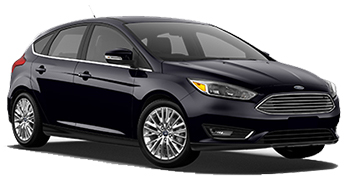
-
Sixt From£ 57 /day

-
Sixt From£ 60 /day
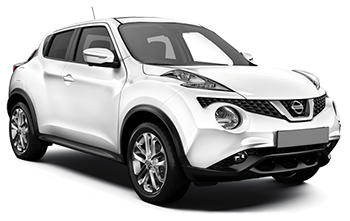
-
62°N Car Rental From£ 60 /day
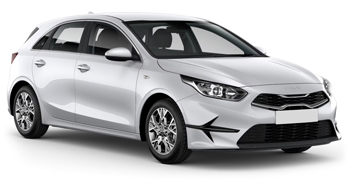
-
Budget From£ 65 /day

-
Budget From£ 62 /day

-
Sixt From£ 66 /day
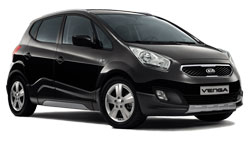
-
Budget From£ 68 /day
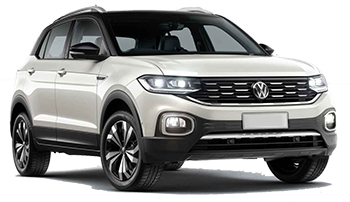
-
Alamo From£ 68 /day -
Enterprise From£ 71 /day
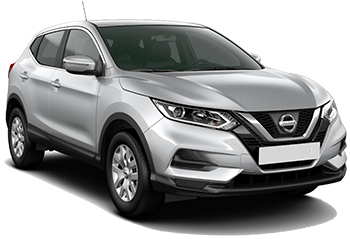
-
62°N Car Rental From£ 62 /day -
Europcar From£ 73 /day

-
Budget From£ 69 /day

-
Budget From£ 71 /day
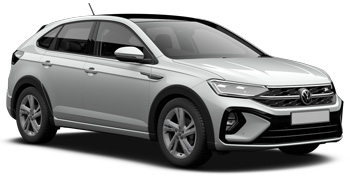
-
Alamo From£ 74 /day -
Enterprise From£ 77 /day

-
Europcar From£ 77 /day
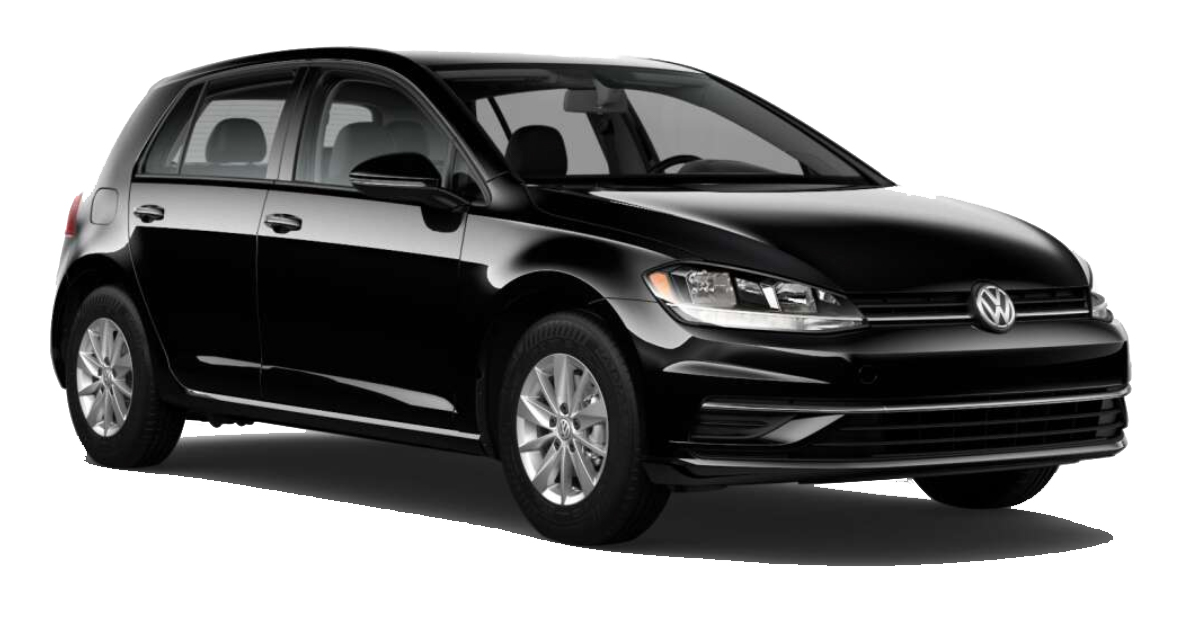
-
Arctic Rent a Car From£ 76 /day

-
Alamo From£ 81 /day -
Enterprise From£ 84 /day
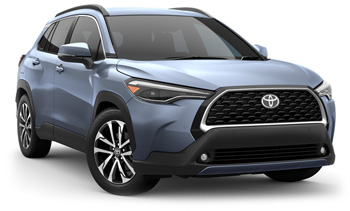
-
62°N Car Rental From£ 79 /day
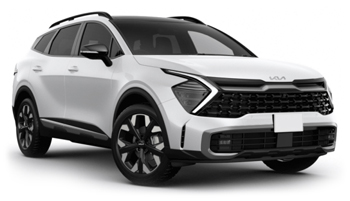
-
Budget From£ 79 /day -
Avis From£ 84 /day
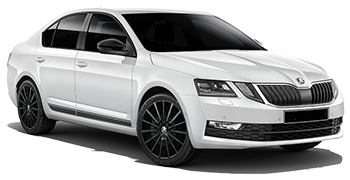
-
Alamo From£ 74 /day -
Enterprise From£ 77 /day
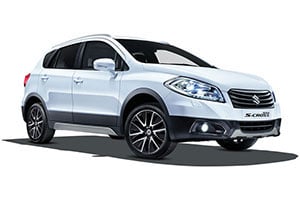
-
Avis From£ 77 /day

-
Alamo From£ 81 /day -
Enterprise From£ 84 /day

-
Avis From£ 82 /day
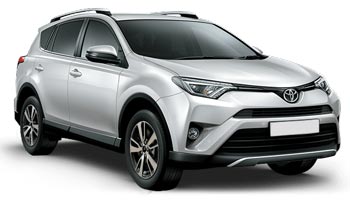
-
62°N Car Rental From£ 89 /day
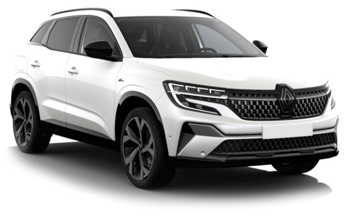
-
Arctic Rent a Car From£ 89 /day

-
Alamo From£ 111 /day -
Enterprise From£ 115 /day

-
Alamo From£ 107 /day -
Enterprise From£ 112 /day

-
Avis From£ 112 /day
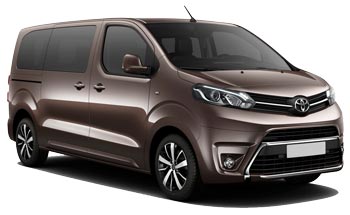
-
62°N Car Rental From£ 171 /day

-
Arctic Rent a Car From£ 128 /day

-
Arctic Rent a Car From£ 132 /day
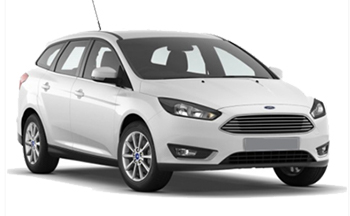
-
Sixt From£ 72 /day

-
Sixt From£ 81 /day

-
Budget From£ 83 /day

-
Budget From£ 81 /day

-
Avis From£ 96 /day
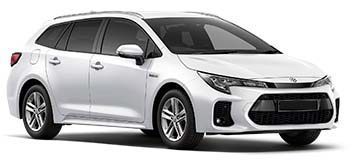
-
Avis From£ 100 /day

-
Avis From£ 102 /day

-
Avis From£ 106 /day

-
62°N Car Rental From£ 90 /day
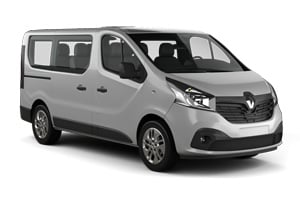
-
Avis From£ 176 /day

-
Avis From£ 181 /day
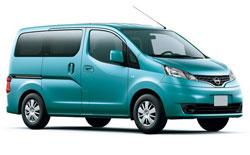
-
62°N Car Rental From£ 213 /day

-
Sixt From£ 51 /day

-
Sixt From£ 60 /day

-
Alamo From£ 66 /day -
Enterprise From£ 69 /day
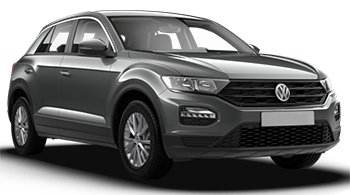
-
Alamo From£ 69 /day -
Enterprise From£ 72 /day

-
Alamo From£ 73 /day -
Enterprise From£ 75 /day

-
Alamo From£ 76 /day -
Enterprise From£ 79 /day

-
Alamo From£ 77 /day -
Enterprise From£ 80 /day

-
Budget From£ 79 /day -
Avis From£ 84 /day

-
Alamo From£ 81 /day -
Enterprise From£ 84 /day

When to book a rental car in Faroe Islands
Faroe Islands - When is the most affordable time to rent a mini class car?
At this destination (Faroe Islands), February is the most affordable time to rent a mini class car with an average daily rate of
Faroe Islands - When is the most affordable time to rent a economy class car?
At this destination (Faroe Islands), March is the most affordable time to rent a economy class car with an average daily rate of
Faroe Islands - When is the most affordable time to rent a compact class car?
At this destination (Faroe Islands), February is the most affordable time to rent a compact class car with an average daily rate of
Faroe Islands - When is the most affordable time to rent an intermediate class car?
At this destination (Faroe Islands), February is the most affordable time to rent a intermediate class car with an average daily rate of
Faroe Islands - When is the most affordable time to rent a standard class car?
At this destination (Faroe Islands), December is the most affordable time to rent a standard class car with an average daily rate of
Faroe Islands - When is the most affordable time to rent a full-size car?
At this destination (Faroe Islands), September is the most affordable time to rent a full-size class car with an average daily rate of
Faroe Islands - When is the most affordable time to rent a luxury car?
At this destination (Faroe Islands), January is the most affordable time to rent a luxury class car with an average daily rate of
Faroe Islands - When is the most affordable time to rent a station wagon?
At this destination (Faroe Islands), February is the most affordable time to rent a station wagon with an average daily rate of
Faroe Islands - When is the most affordable time to rent a SUV?
At this destination (Faroe Islands), February is the most affordable time to rent an SUV with an average daily rate of
Faroe Islands - When is the most affordable time to rent a MPV?
At this destination (Faroe Islands), January is the most affordable time to rent an mpv with an average daily rate of
Faroe Islands - When is the most affordable time to rent a minivan?
At this destination (Faroe Islands), November is the most affordable time to rent a minibus with an average daily rate of
Faroe Islands - When is the most affordable time to rent a sedan?
At this destination (Faroe Islands), February is the most affordable time to rent a sedan with an average daily rate of
Car rental locations in Faroe Islands
Carrentals.co.uk compares rental car prices at the following destinations

Faroe Islands Guide
Faroe Islands is best explored by rental car. Carrentals.co.uk has over 1 pick-up locations in Faroe Islands. This means there is always a pick-up location close to your destination.
Most popular car hire locations in Faroe Islands
Driving
The Faroes form an Atlantic archipelago and draw visitors with their magnificent terrain and natural attractions, wildlife, unspoilt beaches and unique culture. The 18 islands that comprise the Faroes are mostly linked by causeways, bridges and tunnels to the capital city of Torshavn on Streymoy. Motorists here will witness vistas that appear to have been untouched by time when rounding corners on the islands’ meandering roads.
Driving Tips for the Faroe Islands
The Faroe Islands boast a comprehensive system of paved roads that are easily negotiated. Inter-island tunnels connect six of the main islands and car ferries run to several of the others. The majority of the road signs comply with international standards. Drivers are required to leave their headlights on in the daytime.
Driving licences: drivers holding a UK photo licence can use it for up to 90 days. Those with old style licences without photographs should get an International Driving Permit prior to departure.
Which side does the Faroe Islands drive on: the right.
Speed limits:
Rural routes: 50mph (80kph)
Towns and villages: 31mph (50kph)
Alcohol limits: 0.05 per cent, less than in the UK where it is 0.08 per cent. Violators face heavy fines and even a prison sentence.
Minimum driving age: 18 years.
Seatbelts: the driver and all passengers are required to wear seatbelts. Children younger than three years old must be strapped in with the correct safety harness, while youngsters between three and six can use a seatbelt and booster seat.
Mobile phones and GPS: drivers are prohibited from using hand-held mobile phones while behind the wheel, but GPS is allowed.
Cost of fuel in the Faroe Islands: slightly cheaper when compared to fuel in the UK.
Car hire and fuel payment: drivers can pay for their fuel at the majority of the petrol stations by credit card, but should notify their card issuer that they will be travelling to the Faroes before setting off. Major car hire suppliers accept credit card payment.
Insurance: all hire vehicles come with comprehensive insurance policies, but some policies have specific exclusions which should be checked with the supplier.
Traffic and parking: the main towns are best negotiated on foot. Restricted parking zones apply in many of the urban districts. There are car parks which provide free parking in some cities. Traffic is rarely a problem.
Transport
Taxis
Taxis are available in the Faroe Islands, with many taxi companies based in the capital of Torshavn. Taxis are one of the ground transport options for passengers arriving at Vagar Airport. Many taxi drivers here are trained guides and can therefore be hired along with their vehicles for sightseeing tours of the islands.
Buses
Torshavn city buses are red. The five routes on the city network are free of charge for passengers. Blue buses serve the main rural and inter-island routes. The busiest of the services is from Torshavn to Klaksvik on the island of Bordoy. Several private operators run these buses, but the fares they charge are determined by the islands’ governing body. Inter-island bus timetables are available on Strandfaraskip, the national transport company.
Ferries
There is a once a week ferry which stops at the Faroe Islands while sailing between Hirtshals in Denmark and the Icelandic port of Seydisfjordur. Fares are around £44 and £65 depending on the season. Ferries are an important mode of transportation in the Faroes and the only means of reaching the southern sector of the archipelago. There are eight ports on the islands, which are linked by a comprehensive ferry network. The large ferries are roll-on, roll-off and convenient for those with their own vehicles.
Airports
Served by a single airport, Vaga Floghavn Airport on the island of Vagar, the Faroe Islands can be reached directly from London. A tunnel connects Vagar Island with Streymoy Island, which hosts the capital, Torshavn. Buses to the capital cost around £12.
Explore
Exploring the Faroe Islands
For most visitors, their first experience of the Faroe Islands is Torshavn. Architectural gems, the 18th century Torshavn Cathedral and the Nordic House are among the city’s attractions. Additionally, Torshavn boasts a good selection of shops and dining outlets.
Torshavn is a good base for exploring Streymoy Island where Kvivik village’s Viking remains and Leynar are set amid stunning landscapes. The lake near Leynar is stocked with trout and salmon.
A little farther north, Hvalvik is home to one of the island’s oldest timber churches, while Vestmanna is the boarding point for cruises around the landmark bird cliffs.
The town of Klaksvik is dominated by the so-called Pyramid Mountain. In town, Christianskirkjan Church and the old school house are great draws. Bordoy has regions for bird watching and in the old port at Nordoyri there are historic boat sheds.
On southern Sudoroy Island, the towns of Vagur and Tvoroyri are popular destinations, and are convenient bases for visiting the Hvalba mines and the village of Sandvik. This village is so far off the beaten track that there is rarely another soul on the beach here.
Weather
Despite the northerly position of the Faroe Islands, they have a fairly mild climate. Average temperatures range from 2°C in the depths of winter to around 13°C in summer. Wind and rain are fixtures of the Faroes’ weather cycles and there are on average 250 wet days a year. Snow is a rarity and never stays long. There is occasional frost in December and January.
Practical information
-
CurrencyDanish krone
-
LanguageFaroese
-
Popular car categoryEconomy
What most people want to know
The following questions and answers are a selection of the most popular questions. If you do not find the answer to your question, have a look at the Frequently Asked Questions page or contact us.
- Alamo
- Europcar
- Enterprise
- Sixt
- Budget
- 62°N Car Rental
- Avis
- Arctic Rent a Car
- National Car Rental
- Hertz
- Keddy By Europcar
